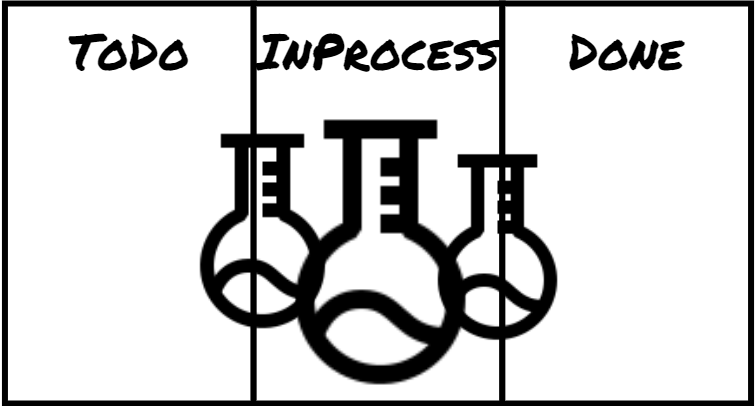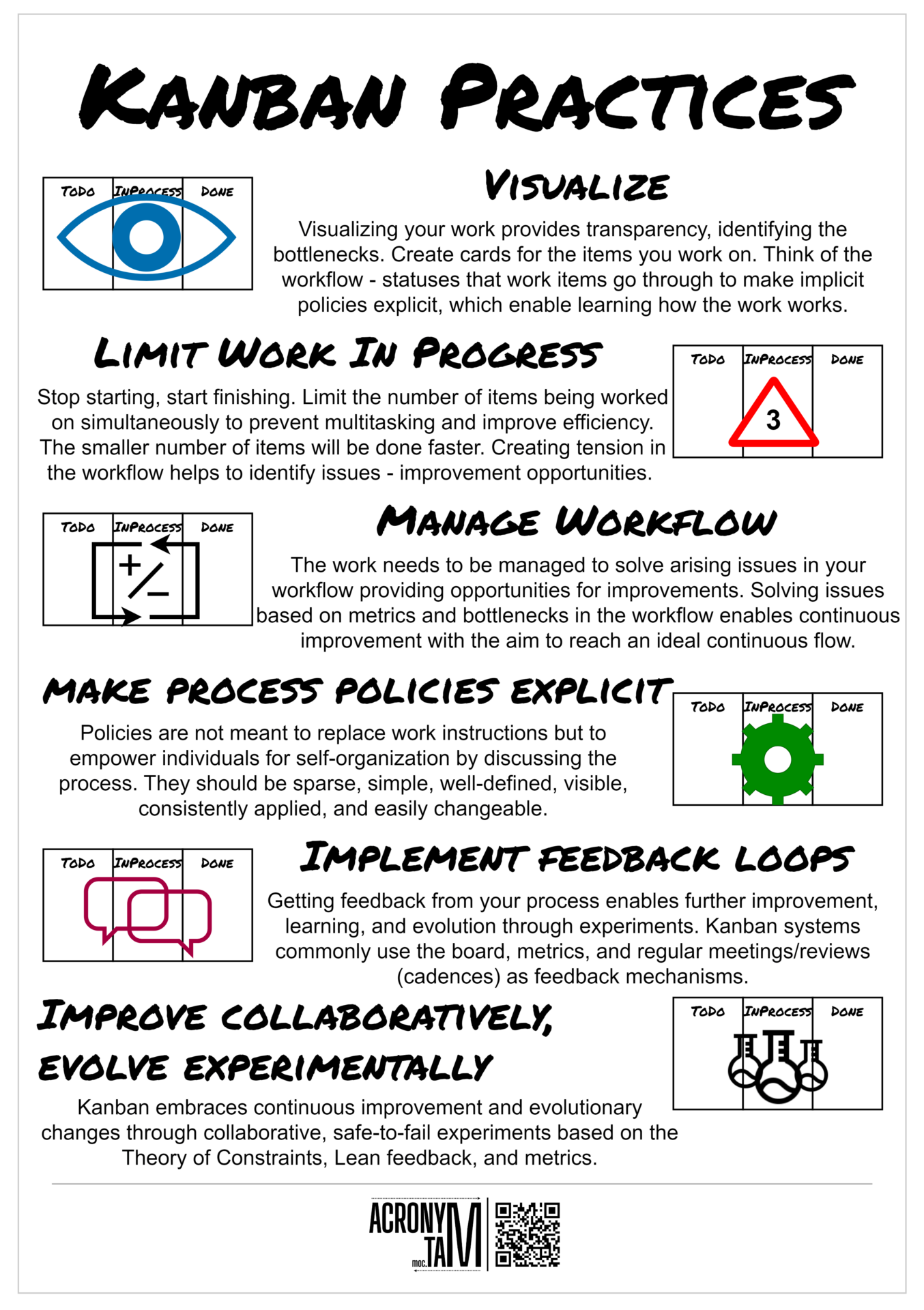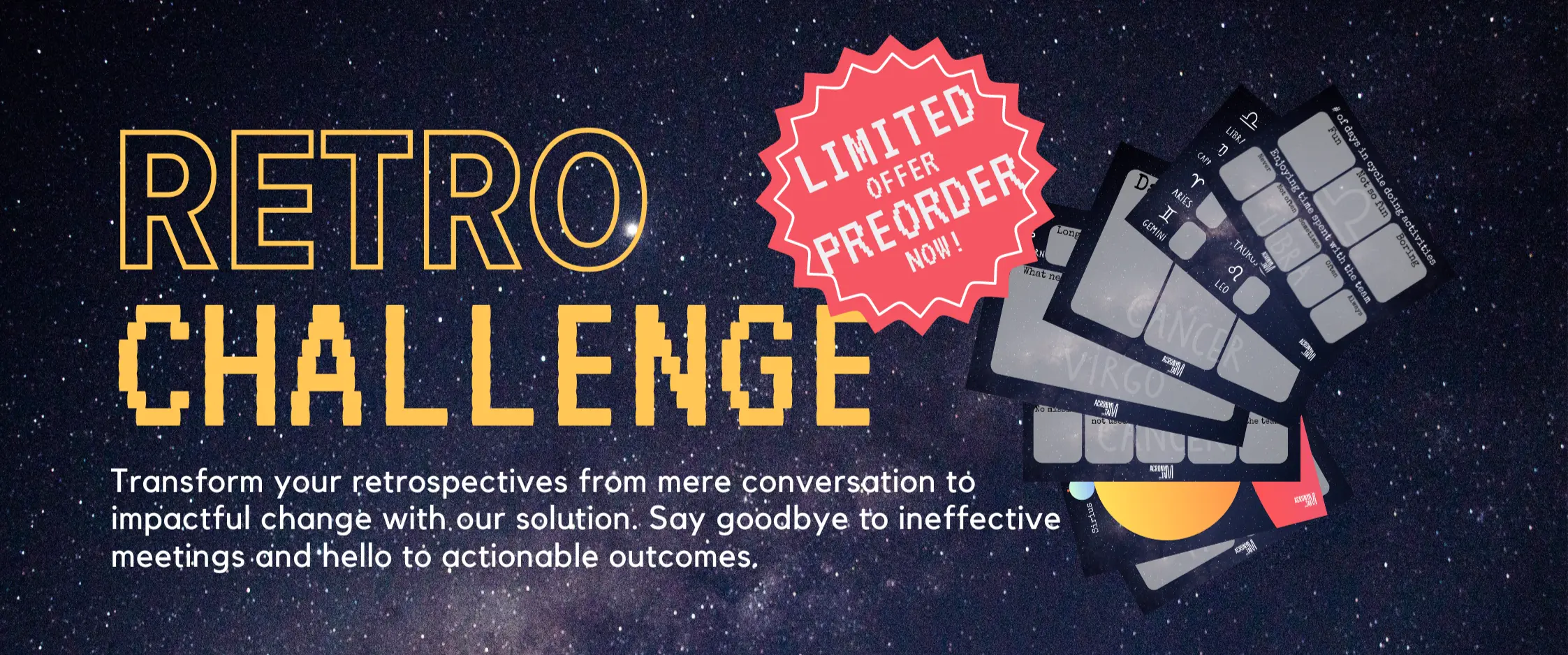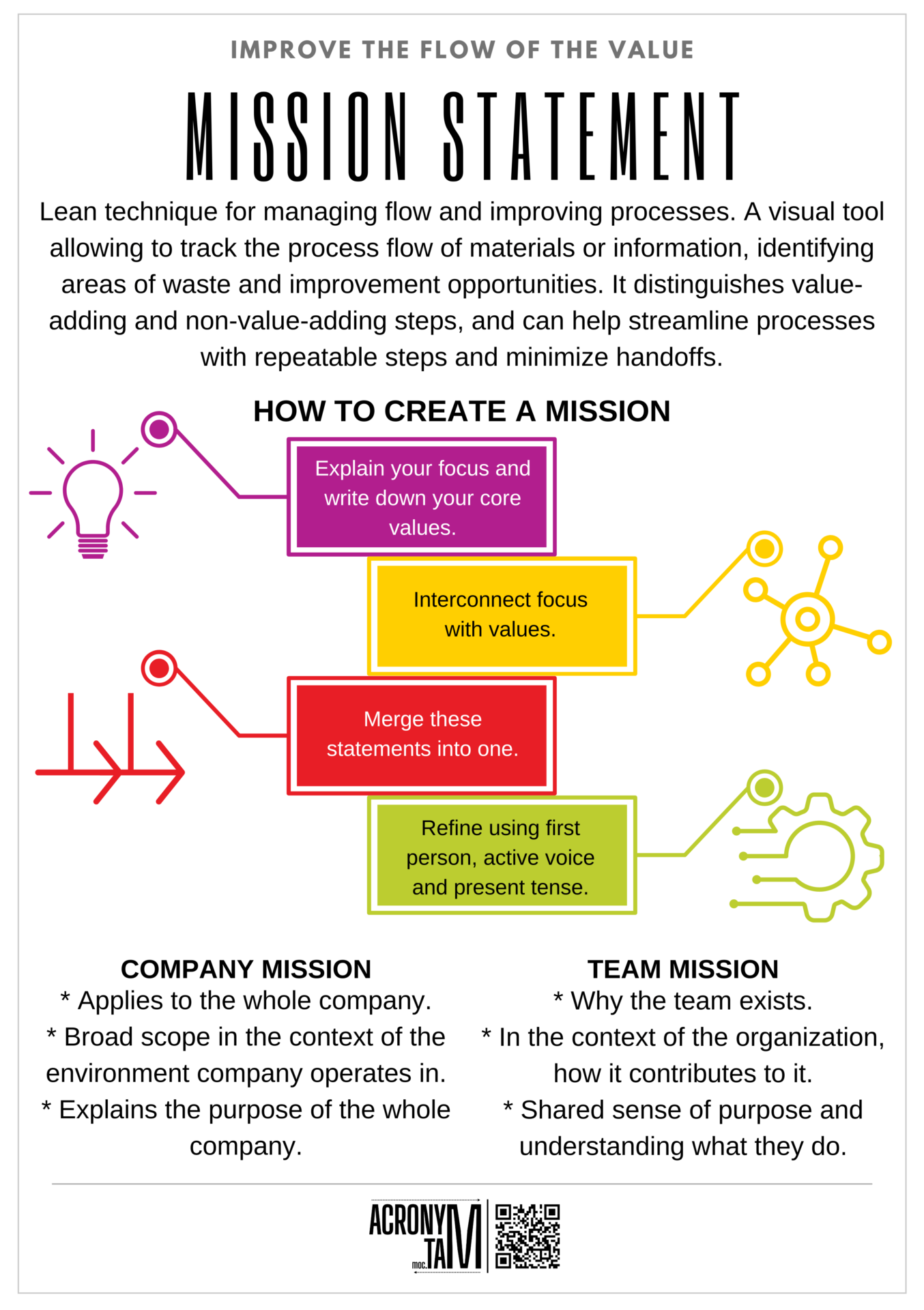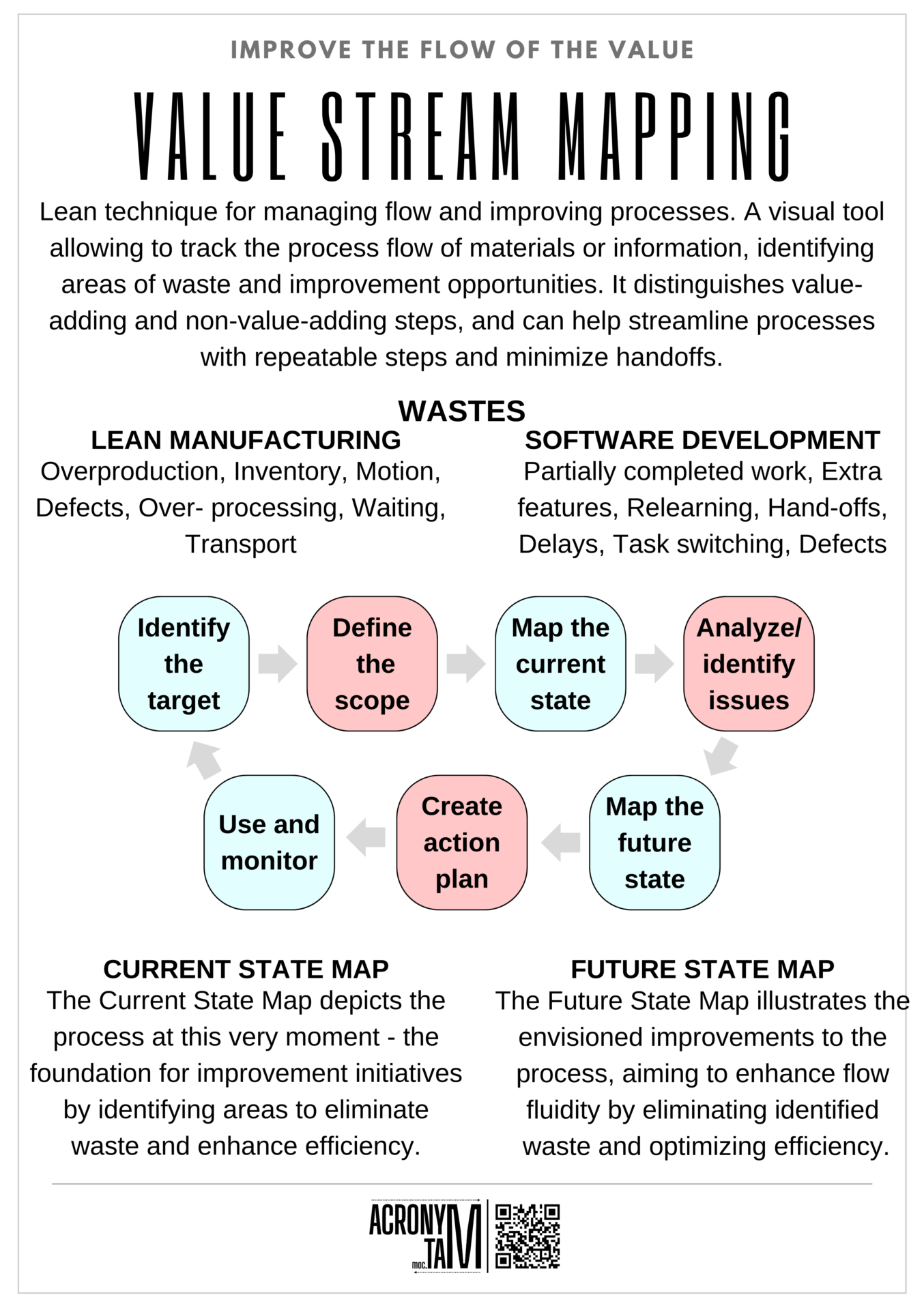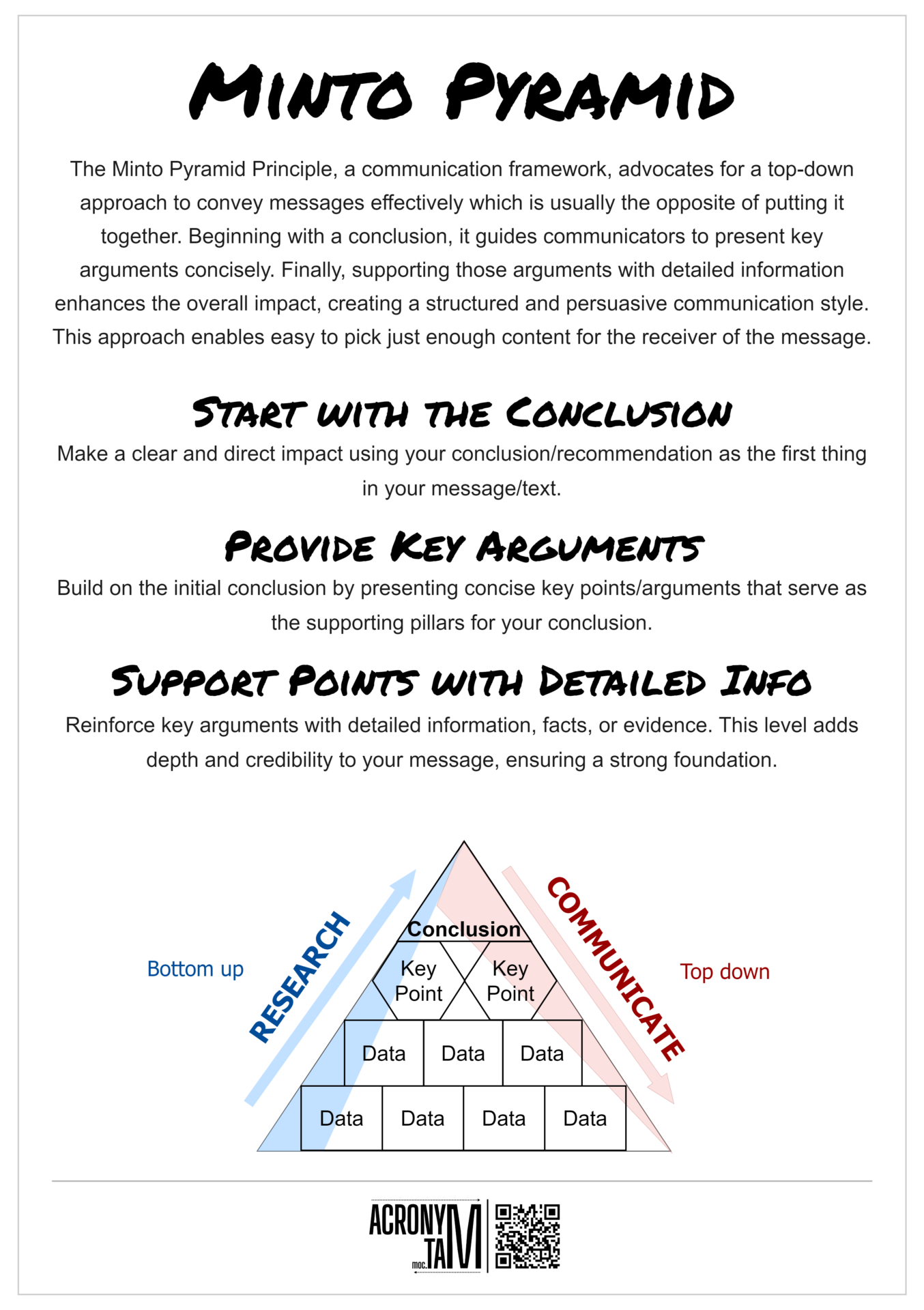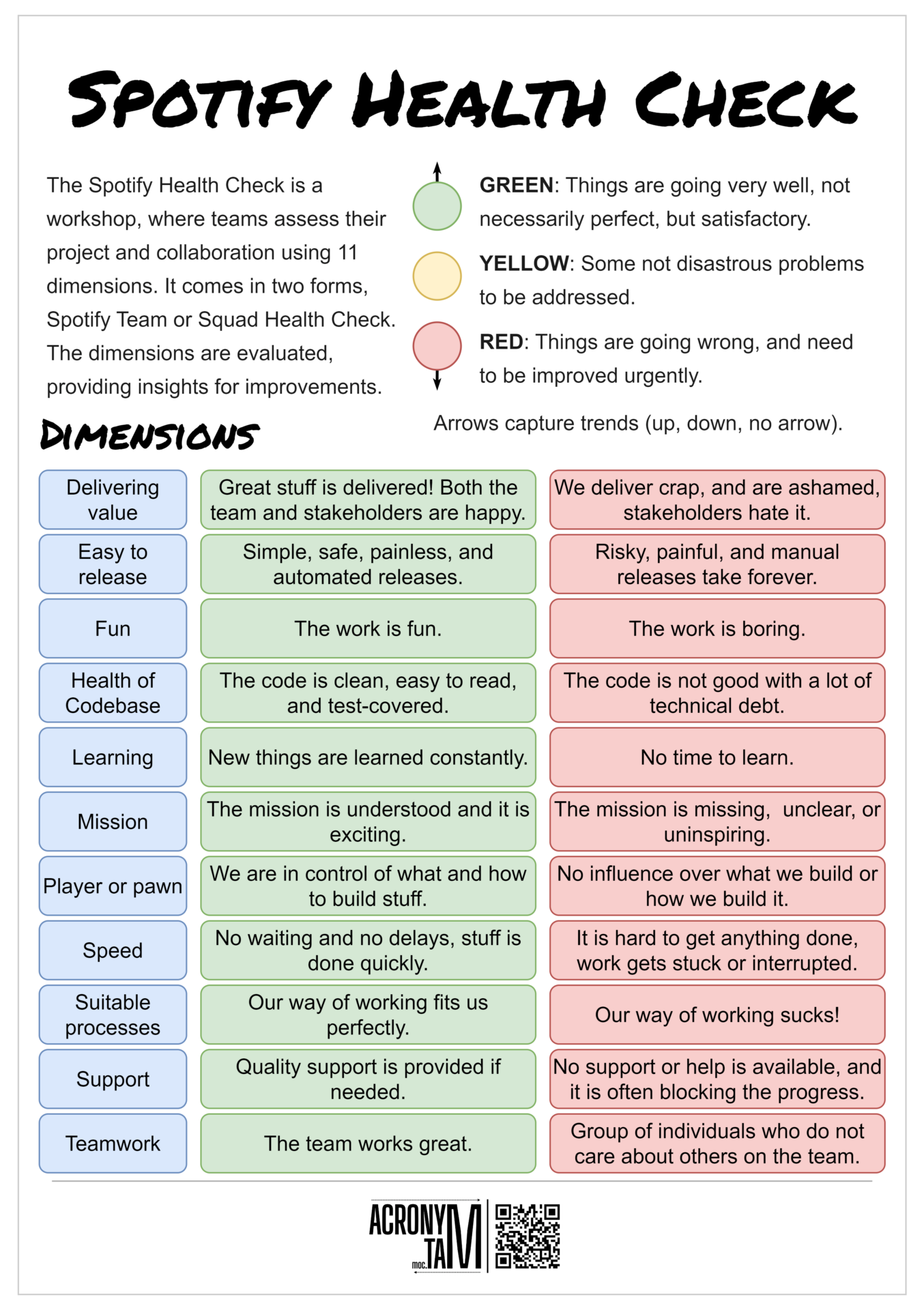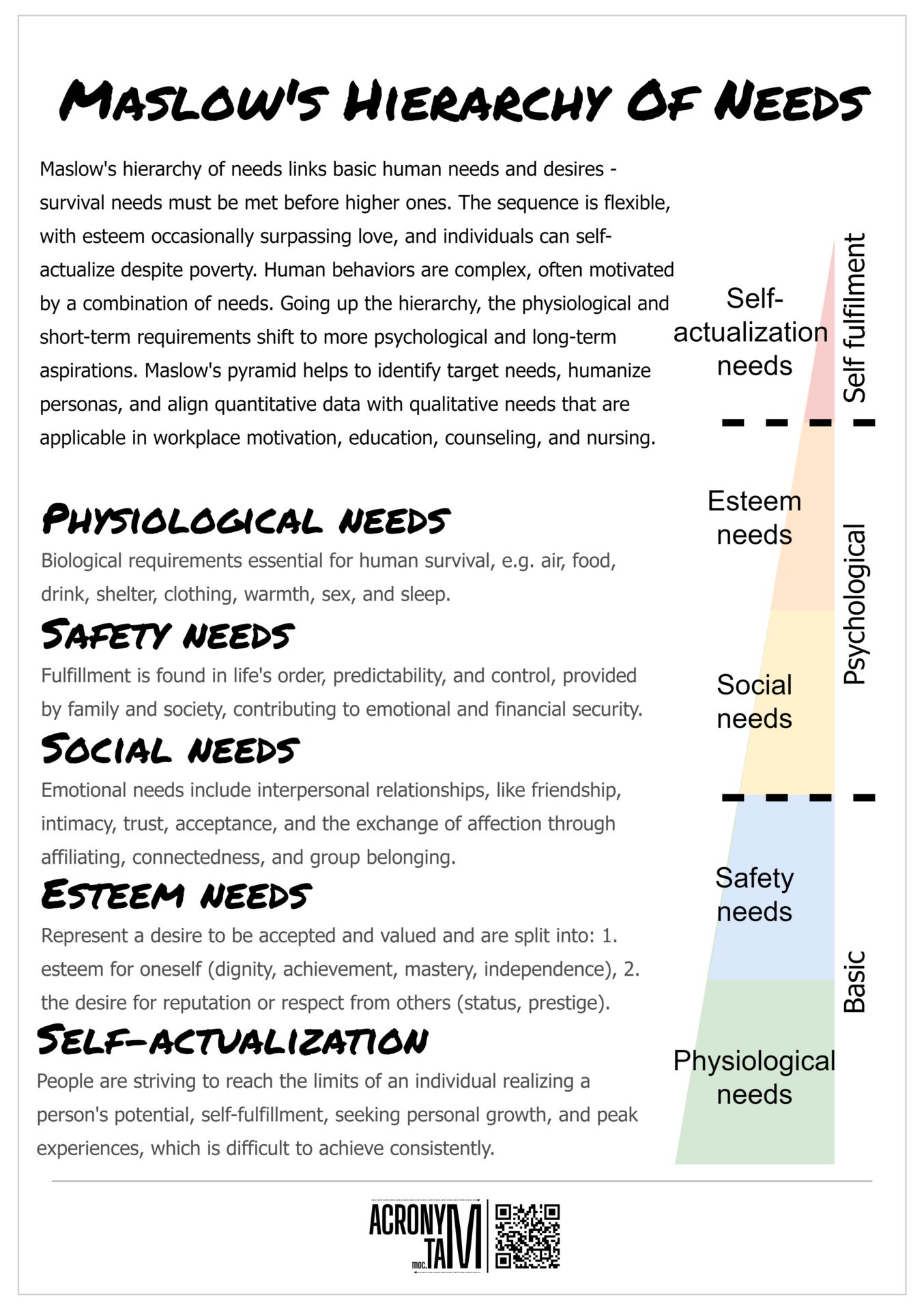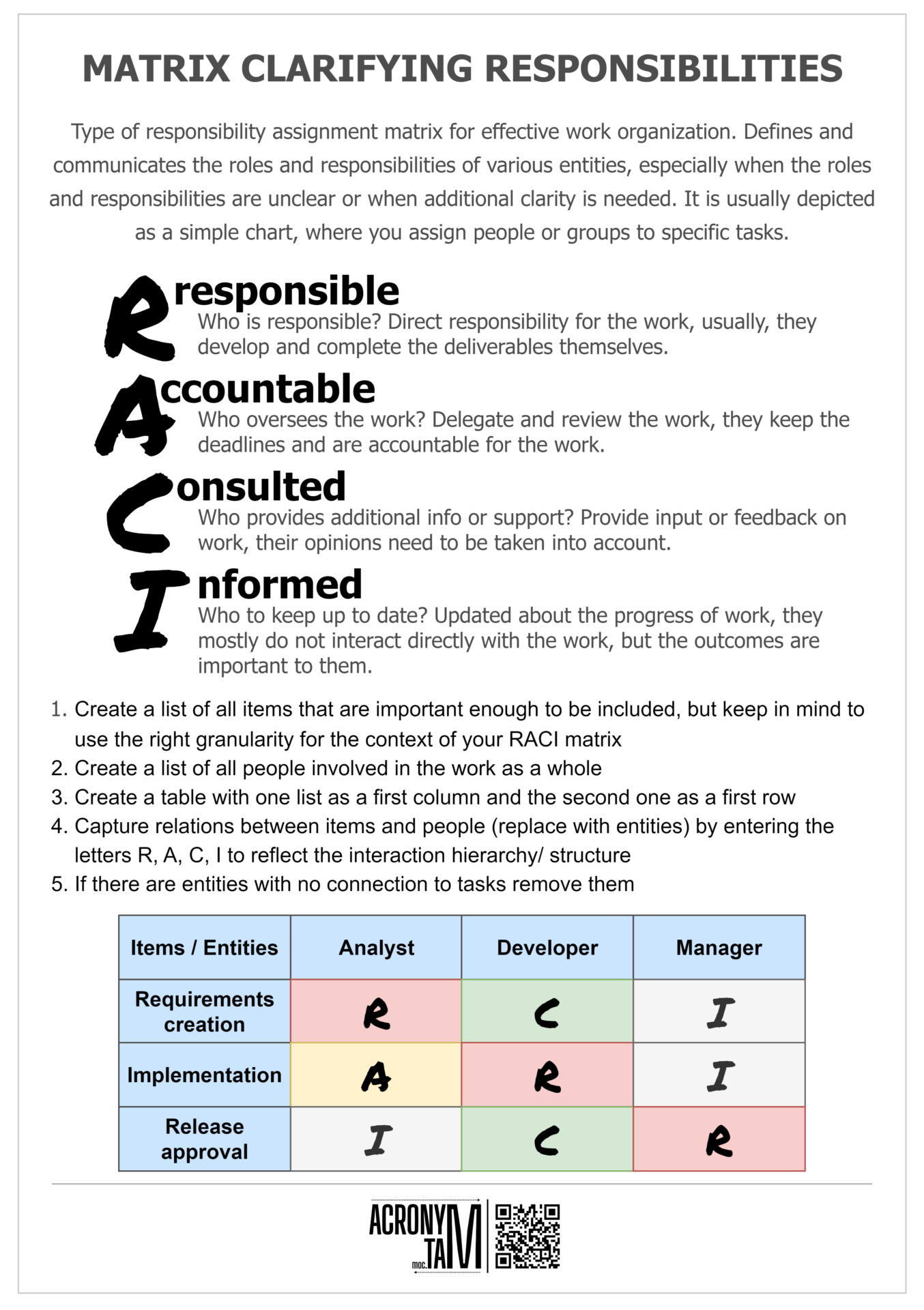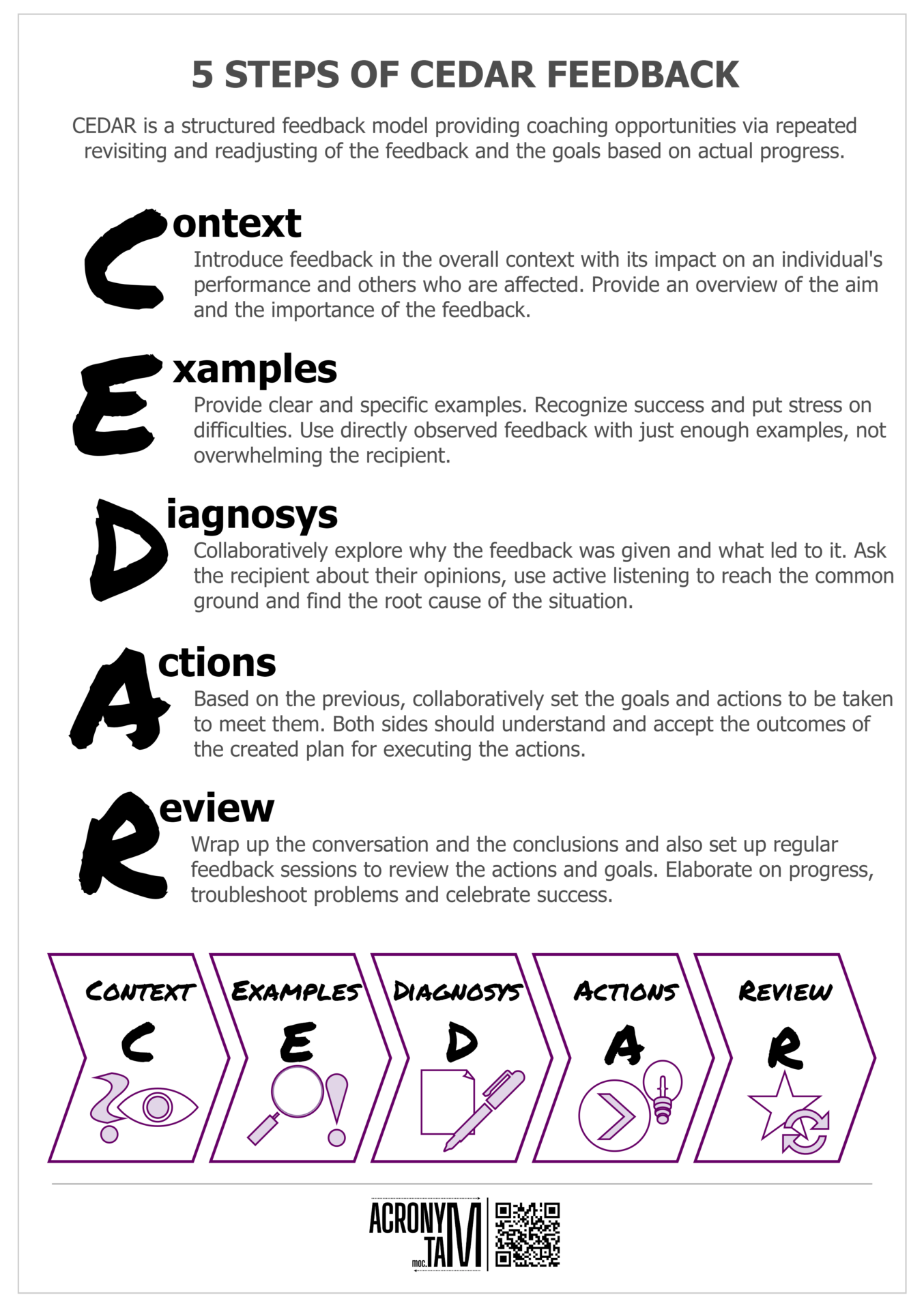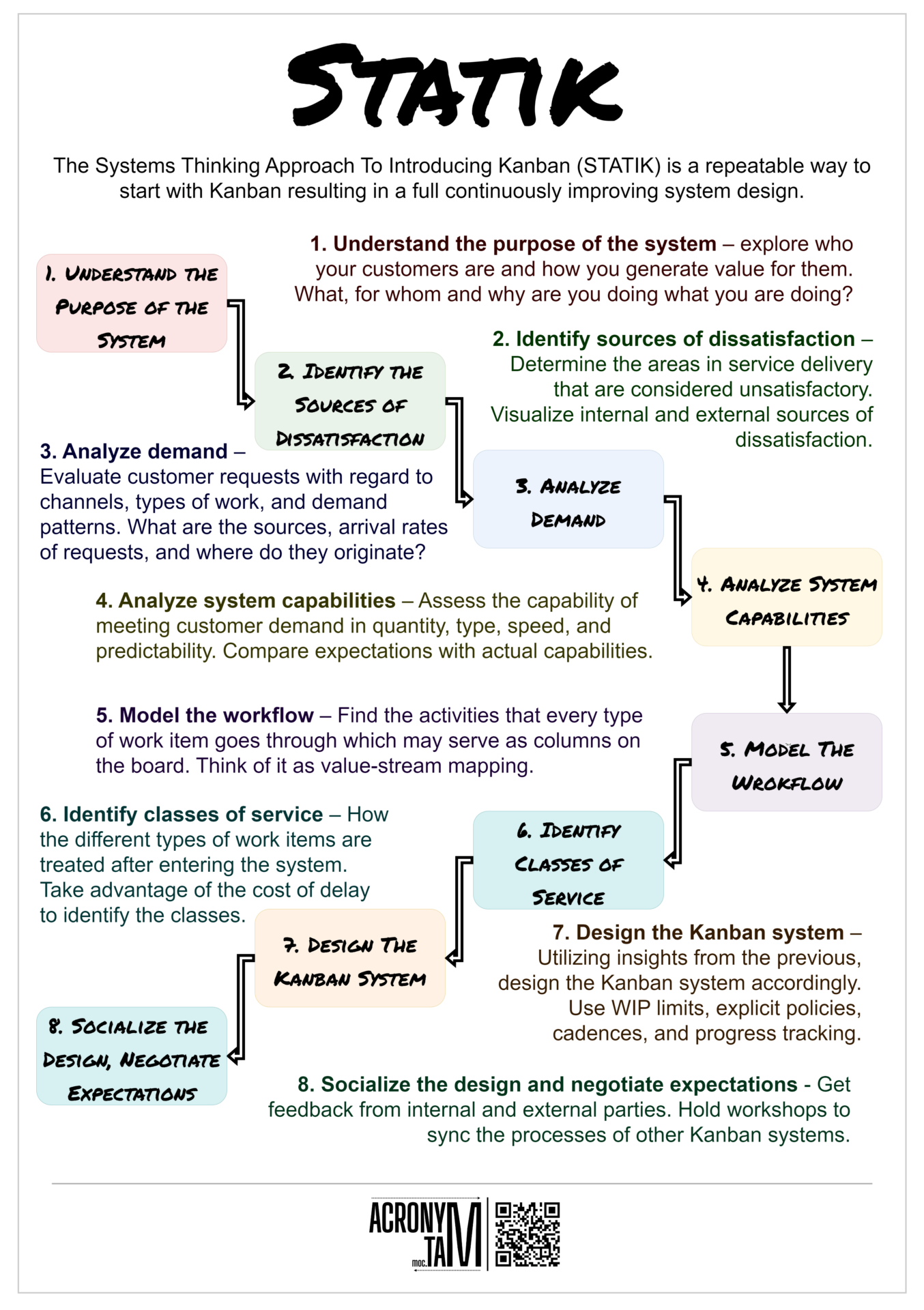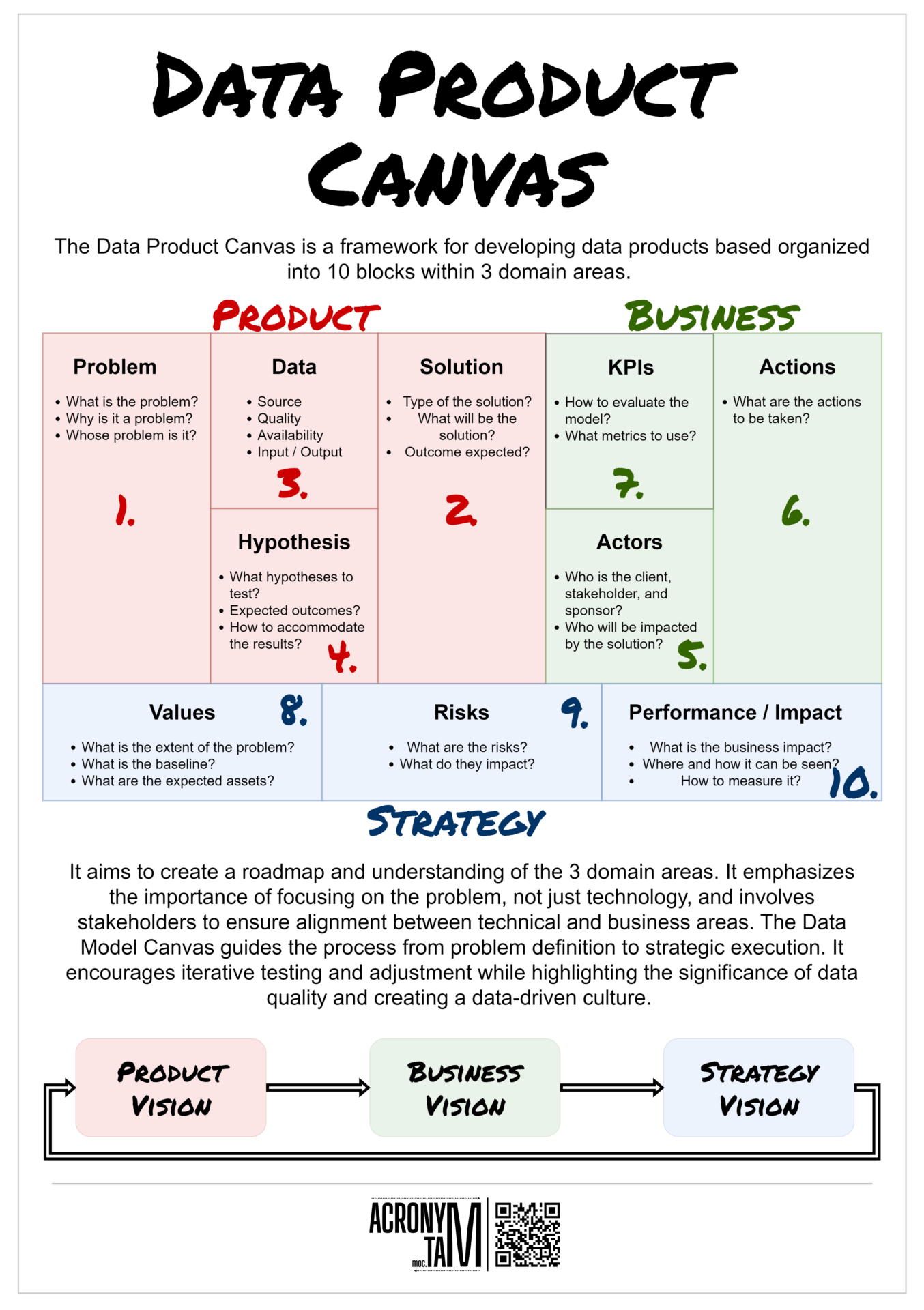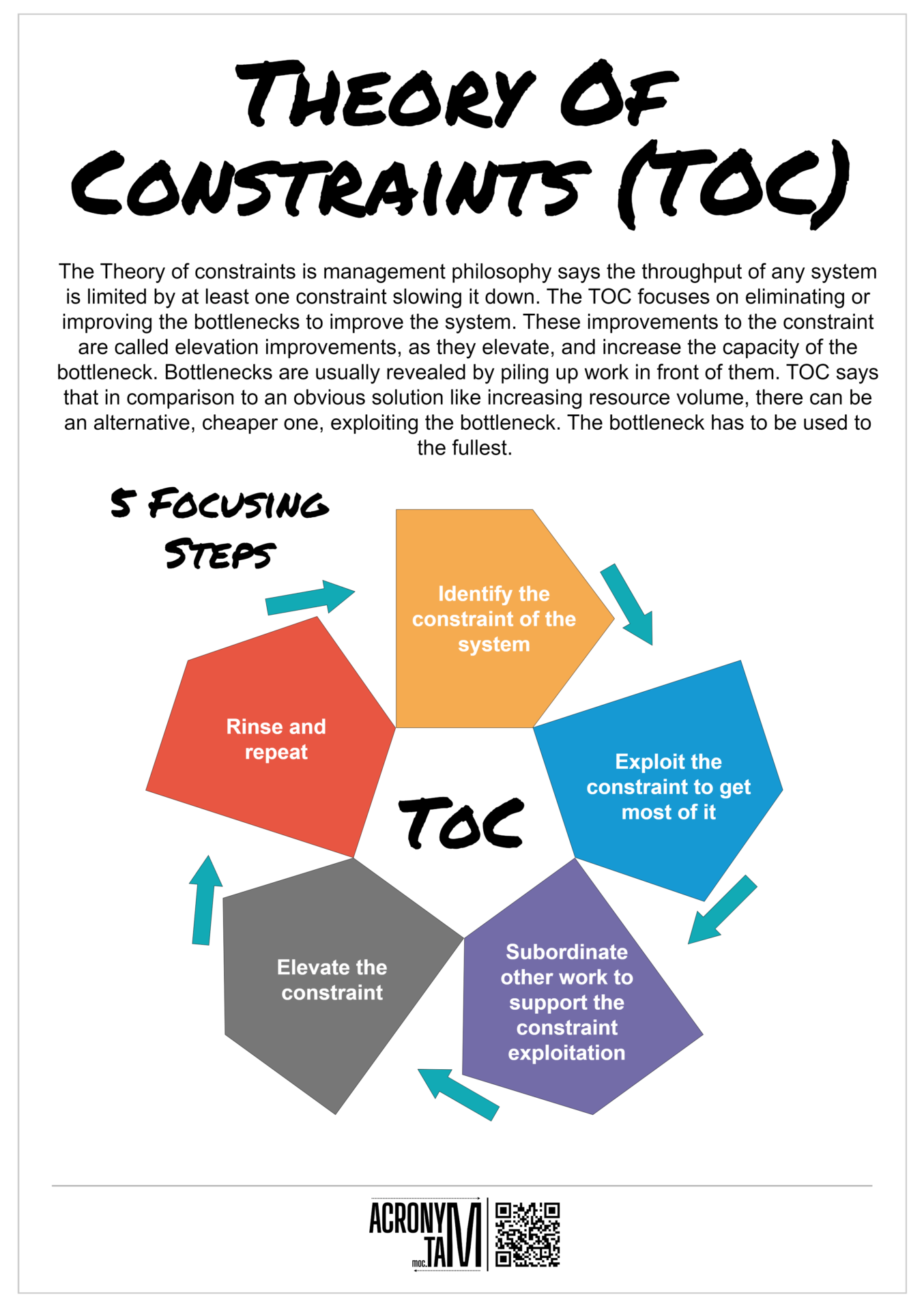Article
Visualize
Visualizing your work provides transparency, identifying the bottlenecks. Create cards for the items you work on. Think of the workflow – statuses that work items go through to make implicit policies explicit, which enable learning how the work works.
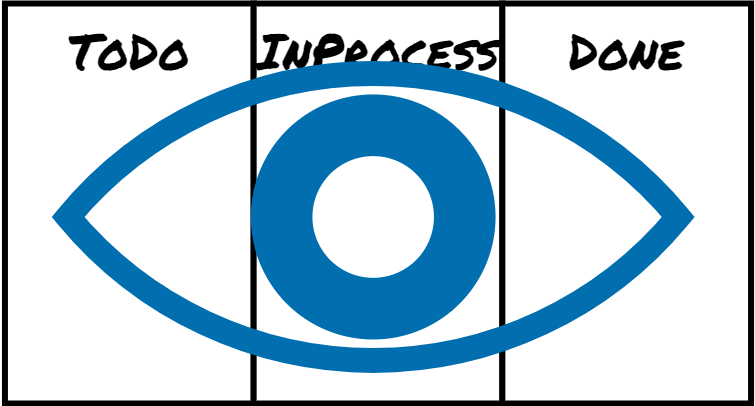
Limit Work In Process
Stop starting, start finishing. Limit the number of items being worked on simultaneously to prevent multitasking and improve efficiency. The smaller number of items will be done faster. Creating tension in the workflow helps to identify issues – improvement opportunities.
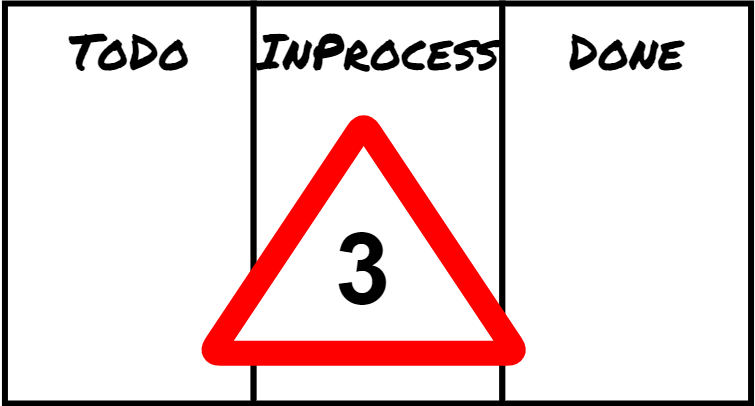
Manage flow
The work needs to be managed to solve arising issues in your workflow providing opportunities for improvements. Solving issues based on metrics and bottlenecks in the flow of work enables continuous improvement with the aim to reach an ideal continuous flow.
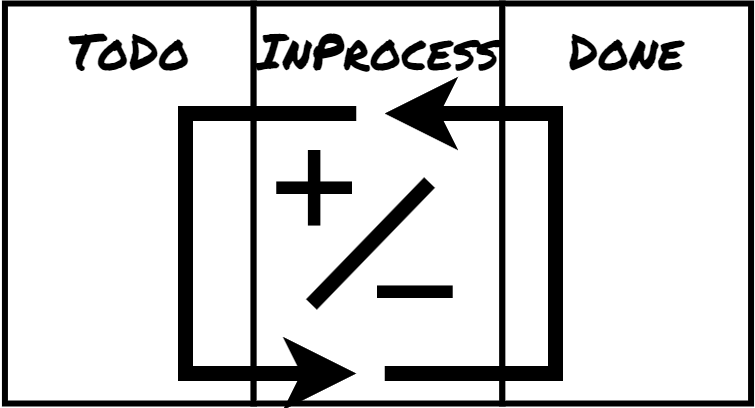
Make process policies explicit
Policies are not meant to replace work instructions but to empower individuals for self-organization by discussing the process. They should be sparse, simple, well-defined, visible, consistently applied, and easily changeable.
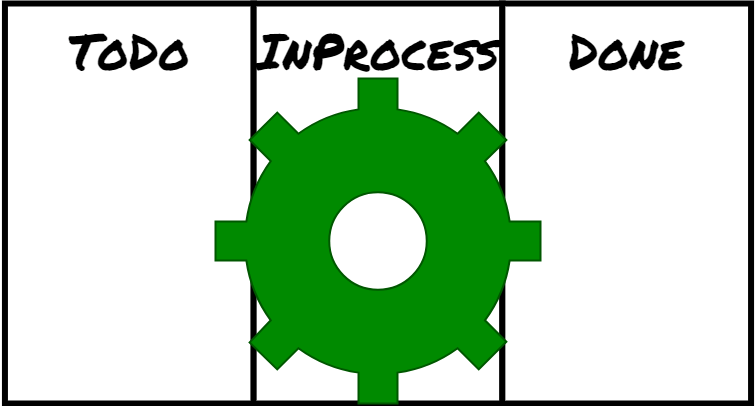
Implement feedback loops
Getting feedback from your process enables further improvement, learning, and evolution through experiments. Kanban systems commonly use the board, metrics, and regular meetings/reviews (cadences) as feedback mechanisms.
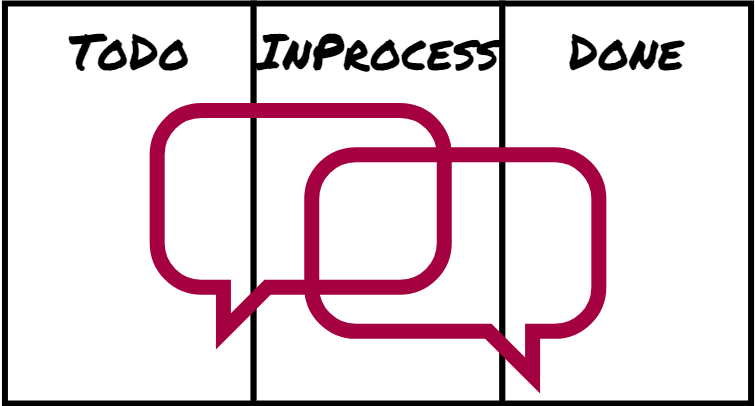
Improve collaboratively, evolve experimentally
Kanban embraces continuous improvement and evolutionary changes through collaborative, safe-to-fail experiments based on the Theory of Constraints, Lean feedback, and metrics.
